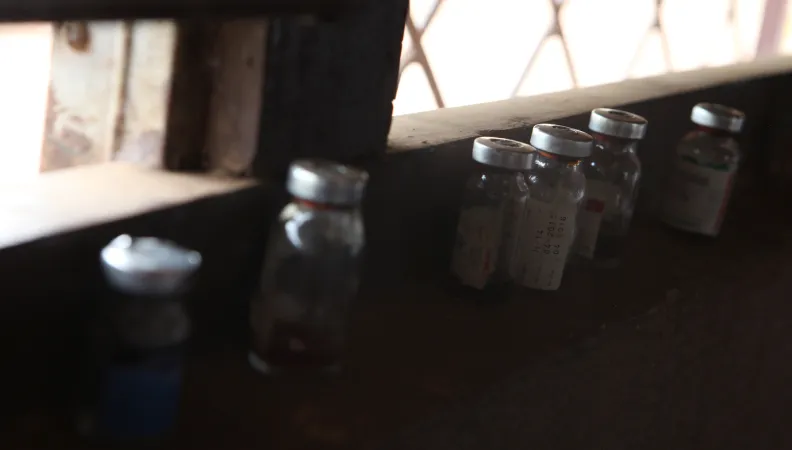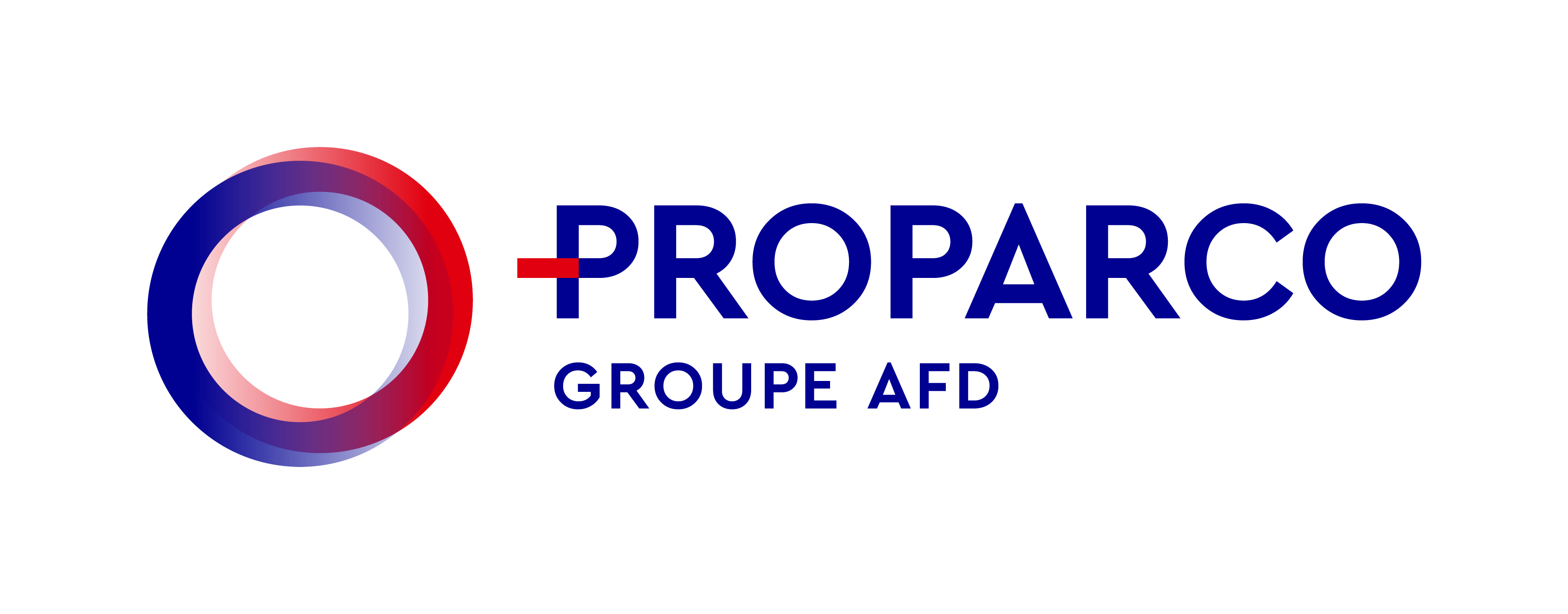Share the page
Regulating African pharmaceutical markets in order to structure and develop the local economy more effectively
Published on


Private Sector & Development #28 - Improving the quality and accessibility of african medicine
Providing access to quality medicines still poses a number of challenges in Africa. This 28th issue of Private Sector & Development magazine tackles attempts to come up with a few pointers and solutions for the future.
The market for medicine is one of the world’s most closely regulated: each country has its own system for vetting new products and in Europe for example, certain accreditations can open the door to the entire EU market. However, aside from this purely regulatory role that aims to guarantee the safety and effectiveness of commercial pharma products, how do regulations help to shape local pharmaceutical markets, combat smuggling and counterfeit drugs, and support the emergence of suitably adapted African production solutions?
The African pharma market is complex and highly diverse. Although its public health requirements are enormous, its attractiveness continues to be tarnished by poor regulatory systems and the introduction of half-hearted universal healthcare coverage. However, regional economic stakeholders are beginning to partner national initiatives with a view to developing harmonised pharma markets. The Central Africa Economic and Monetary Community (CEMAC) is a good example in this regard. In 2013, following a period of preparation and needs assessment, regional heads of state adopted a common pharmaceutical policy for its six member states (Cameroon, Central African Republic, Congo, Gabon, Equatorial Guinea and Chad) and entrusted its regional agency, the Organisation for coordinating the fight against Endemic Diseases in Central Africa (OCEAC), with coordination. Prior to this, in 2009, a programme for harmonising national pharmaceutical policies was rolled out in partnership with the World Health Organisation (WHO), facilitating the emergence of a single market. Several common regulations have already been adopted in key areas – i.e., product accreditation, pharmacovigilance, supply and distribution, pharmaceutical inspections, and programmes to combat counterfeit drugs – and more are in the pipeline, notably concerning standard, proportional and sufficiently dissuasive sanctions in the event of non-compliance. Moreover, the Cameroonian medicines control laboratory (Lanacome), which has a sub-regional brief, has set up quality processes designed to obtain WHO prequalification status. This regulatory ecosystem helps in developing joint initiatives between the six countries (joint reviews of applications for marketing authorisations (MAs), a clinical research ethics committee, etc.) to pave the way for reciprocal recognition of scientific assessments. Political support at the highest level is a testimony to the increased interest in developing a regulatory environment that will deliver not just public health benefits but positive economic and safety-related outcomes as well.
Regaining patient trust
Often poorly understood and underrated, these systemic initiatives to harmonise pharma regulations suffer from both insufficient funding and a lack of visibility on the development agenda. However, even though progress is slow and hard to evaluate, they are key cross-cutting processes that both structure and reinforce healthcare systems. Patients need to regain trust for the system to work. In other words, people must be sure that products actually do what they are supposed to do – particularly products with which they are unfamiliar. Trust can be achieved when patients actually believe that products can be marketed in another Member State and then freely circulated in accordance with standards and technical requirements currently in force. This trust is also underpinned by adequate processes for detecting and eradicating bogus compliance declarations, by checks carried out at the Community’s external borders, and by the ability to ensure proper oversight of the enforcement of these standards.
Remedying shortcomings in current regulations
This is why both the African Union and WHO have been striving to close the Continent-wide gap in suitably adapted pharma regulations since 2017 via the Pharmaceutical Manufacturing Plan for Africa (PMPA). The New Partnership for Africa's Development (NEPAD) has published “model legislation” on the regulation of medicines designed for states with no – or incomplete – national pharma legislation. This standard (non-binding) law is based around the establishment of a national regulatory authority (i.e., a national agency). It is a considerable step forward and the idea is to have an African drug agency up and running in 2018. This type of model for autonomous drug agencies has been adopted at international level in both Northern and Southern countries as the most effective means of implementing pharma regulations from an operational perspective. In just a few years, those Sub-Saharan African countries that have an agency (i.e., Nigeria, Ghana, Tanzania, Madagascar, and just recently Côte d’Ivoire) have managed to become key references in the regulatory domain. The model needs to be supported by financial backers and scaled up to enable it to structure entire markets by establishing fairer competition based around high-quality standards and optimal health security. In addition to rallying traditional financial backers, consideration could also be given to establishing public-private partnerships within an appropriate ethical framework to boost the whole process and develop a more integrated vision for the pharmaceutical industry as a whole. A well-regulated pharma sector can help drive growth in the wider economy: in developed countries, the most buoyant markets are also those with the strictest regulations (i.e., the US, Europe and Japan). Initiatives in this area could also leverage the cross-cutting vision espoused in the Sustainable Development Goals (Post-2015 Development Agenda). Strengthening health systems and promoting universal health cover in both emerging and less advanced countries can provide a considerable boost to efforts to develop well-regulated markets and better access to quality medicine.
1 African Union (AU) Model Law on Medical Products Regulation, African Medicines Regulatory Harmonisation Programme (AMRH), NEPAD, 62 pages http://www.nepad.org/resource/african-union-au-model-law-medical-products-regulation
Author(s)
Alexandre de La Volpilière

